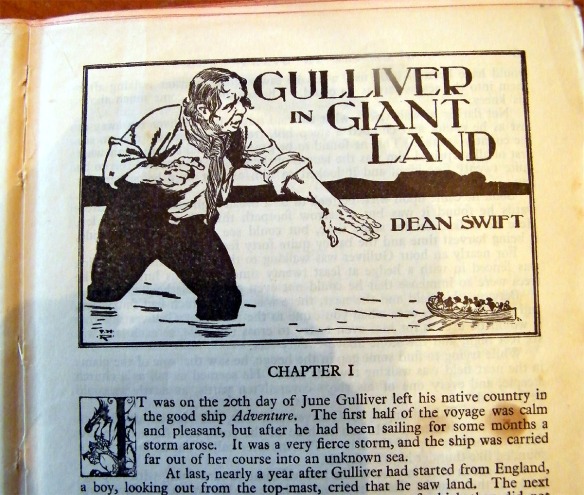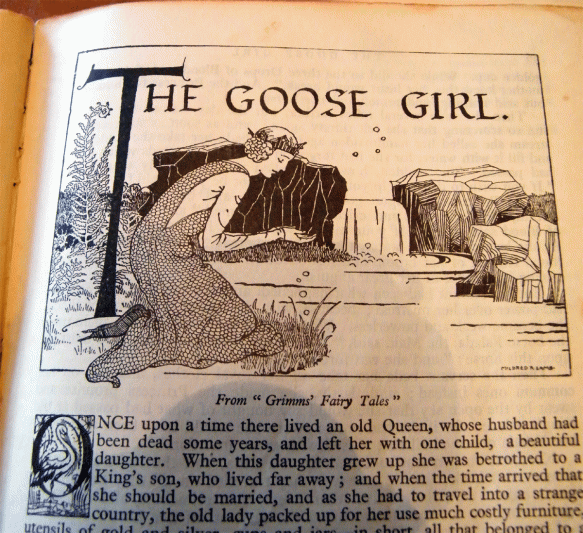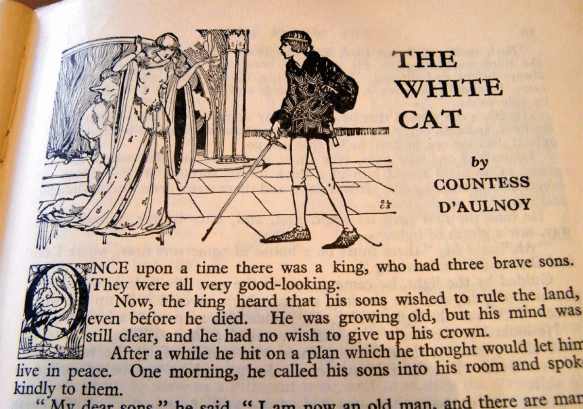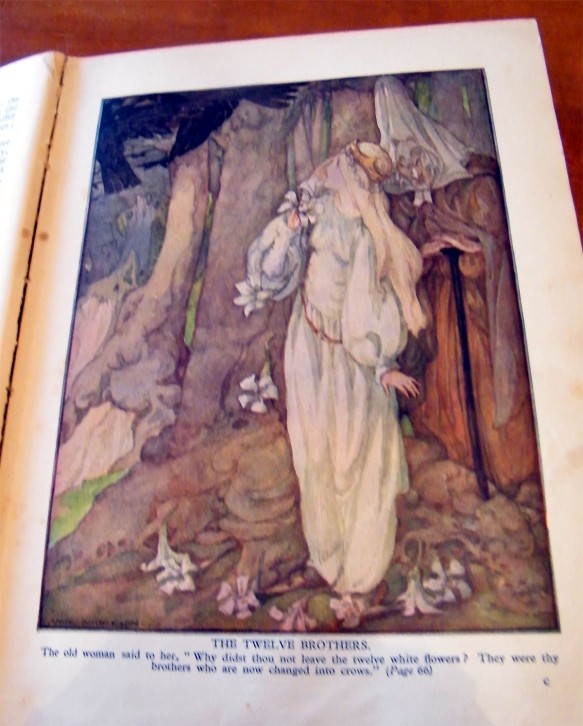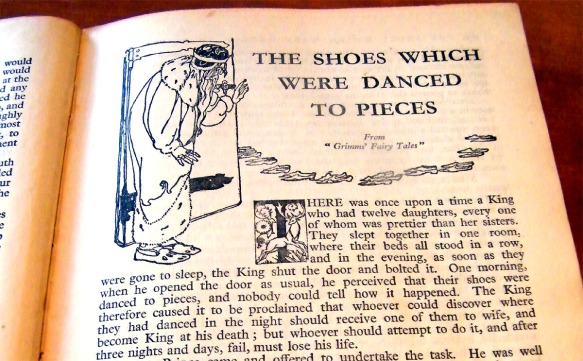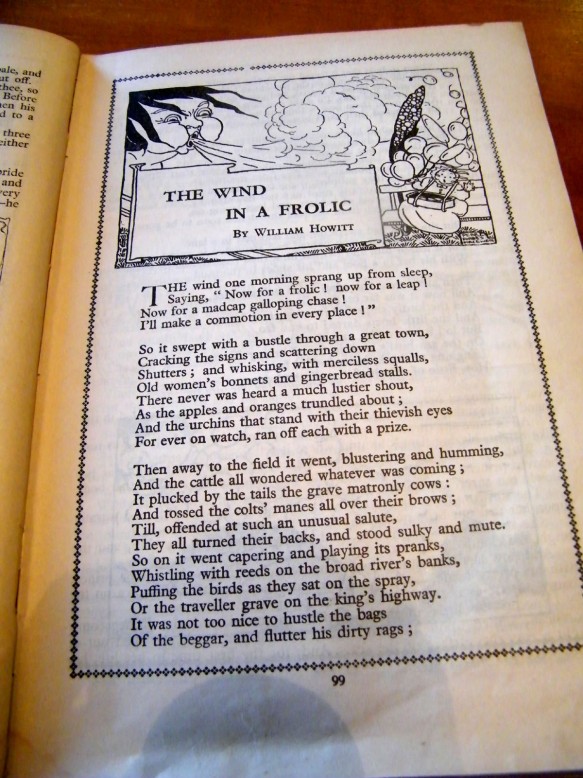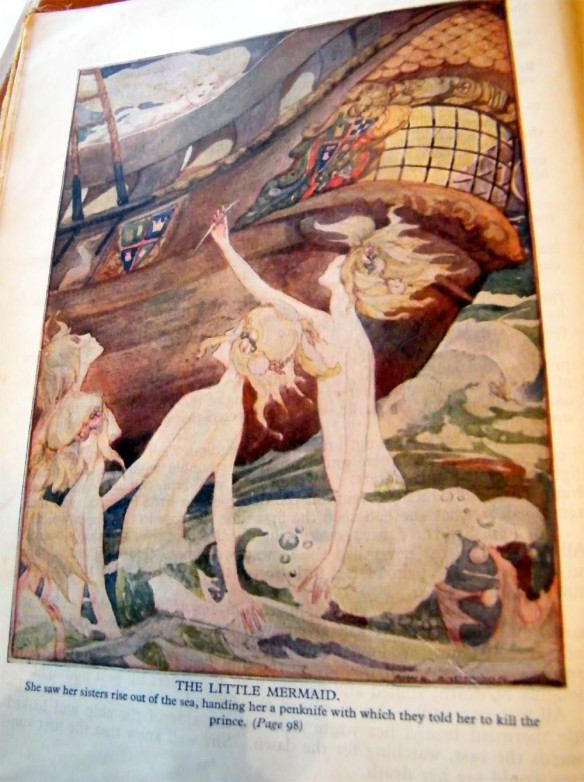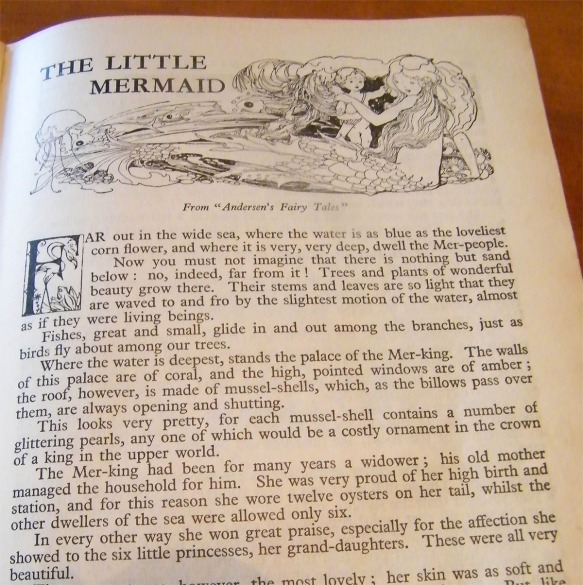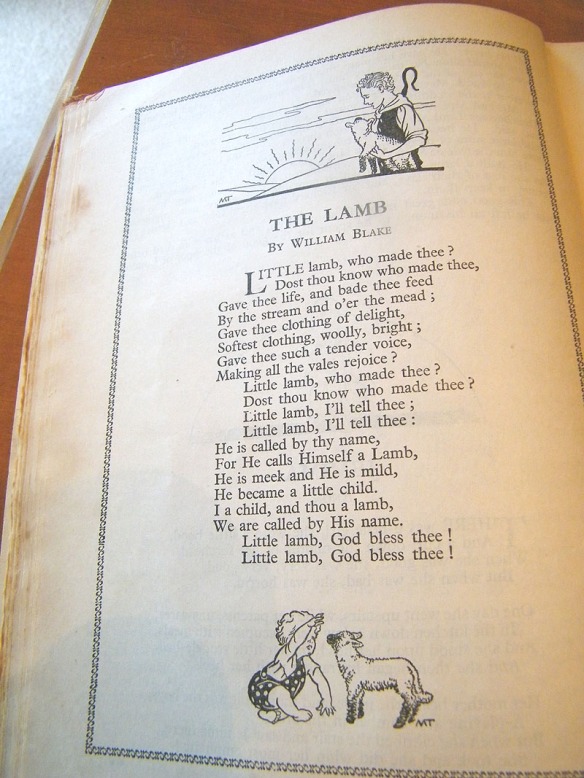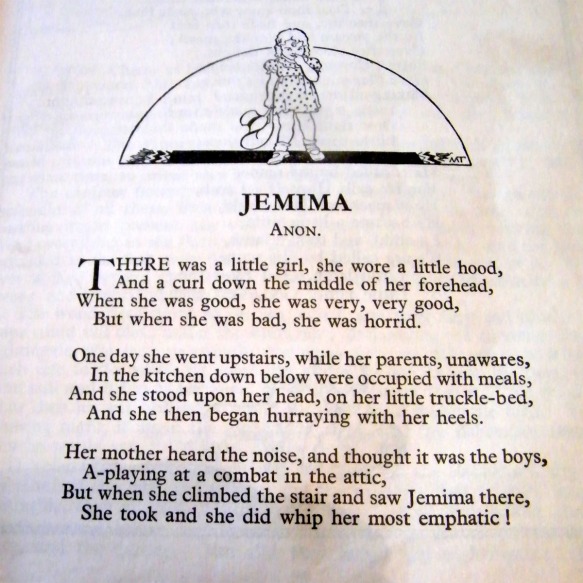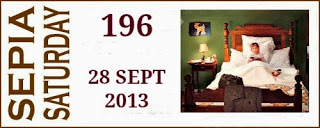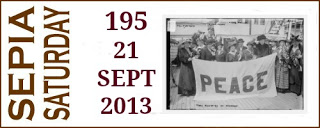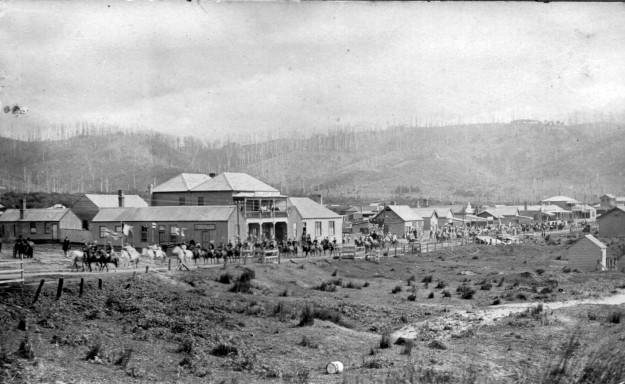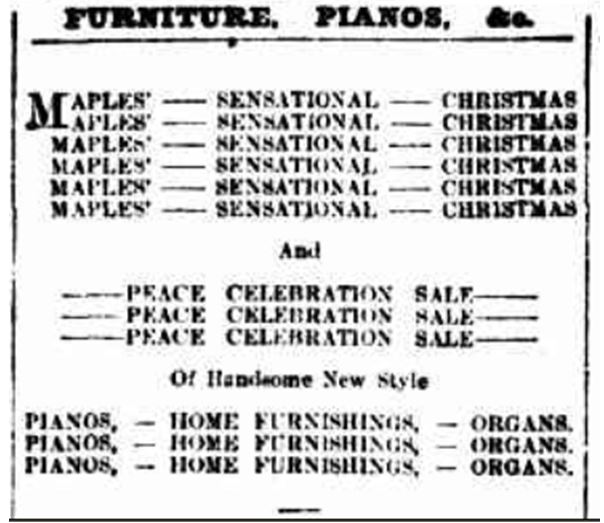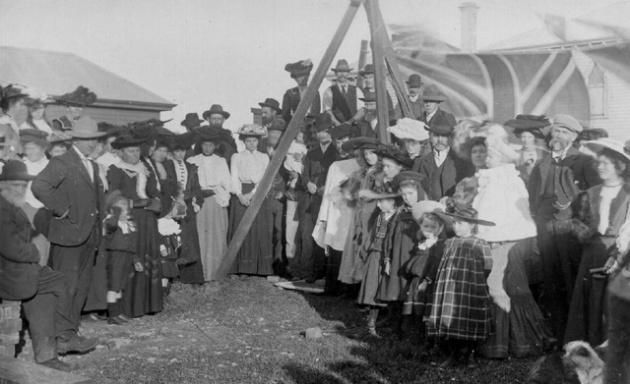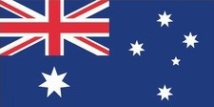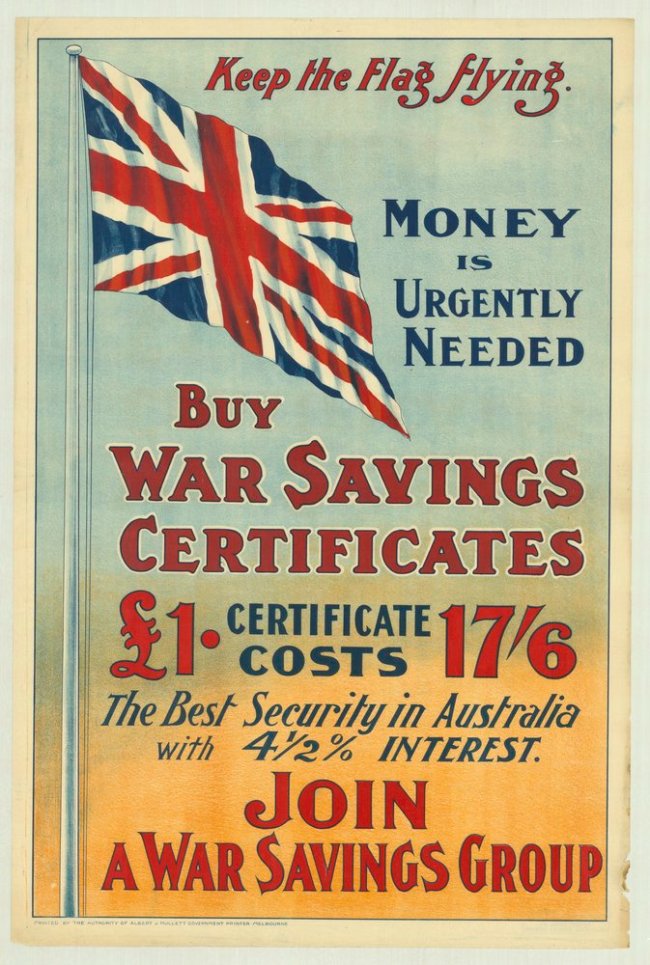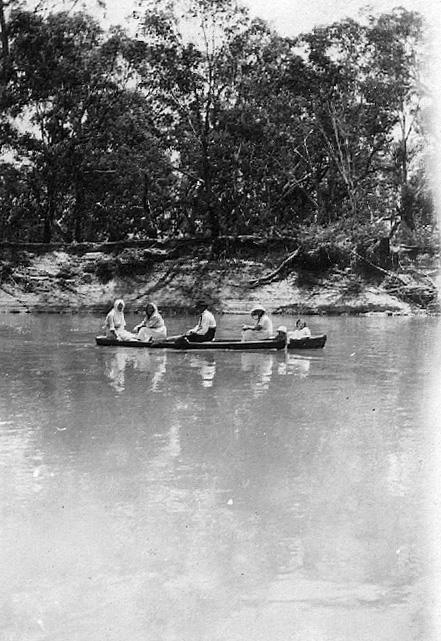This was reblogged as it moves on to children’s books from the 1930s.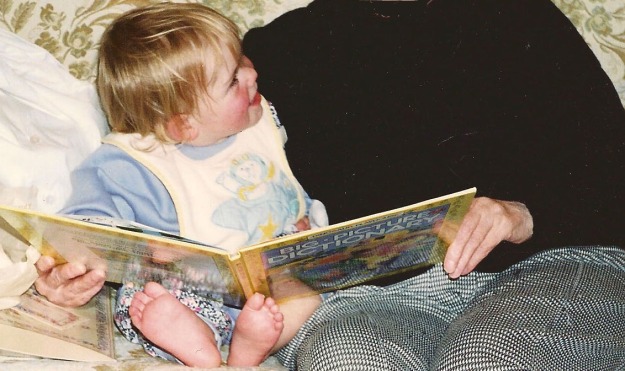 This week’s Sepia Saturday’s beginning point has a sick child in bed with his toys, attended by a doctor. Fortunately in life that doesn’t happen too often . To me children and bed means bedtime reading. But reading is also a daytine activity.. The lass above, now grown up and at University, obviously got pleasure from the sounds whch are telling the story., whereas her mother, thirty years earlier preferred to concentrate on the pictures.
This week’s Sepia Saturday’s beginning point has a sick child in bed with his toys, attended by a doctor. Fortunately in life that doesn’t happen too often . To me children and bed means bedtime reading. But reading is also a daytine activity.. The lass above, now grown up and at University, obviously got pleasure from the sounds whch are telling the story., whereas her mother, thirty years earlier preferred to concentrate on the pictures.
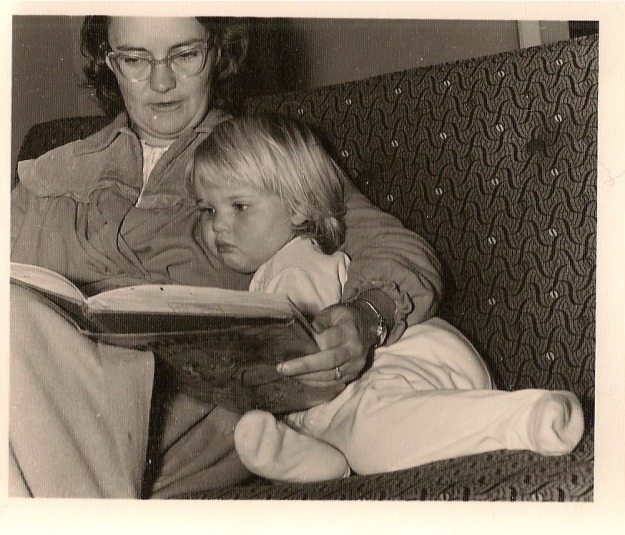 That was, until she was old enough to choose her own book
That was, until she was old enough to choose her own book
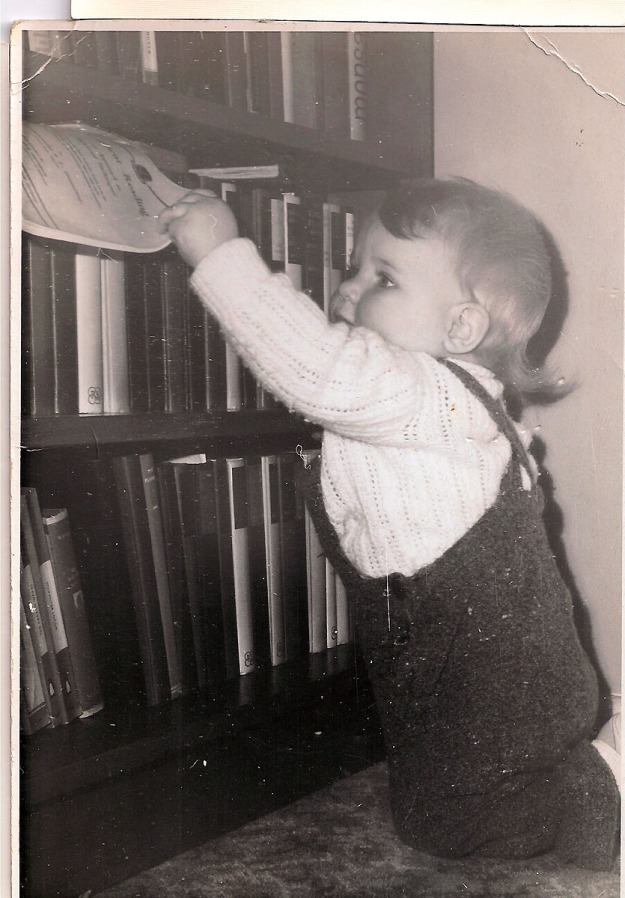 Or get an early education on how to avoid the traps laid in your path by the advertising industry by studying The Hidden Persuaders by Vance Packard
Or get an early education on how to avoid the traps laid in your path by the advertising industry by studying The Hidden Persuaders by Vance Packard
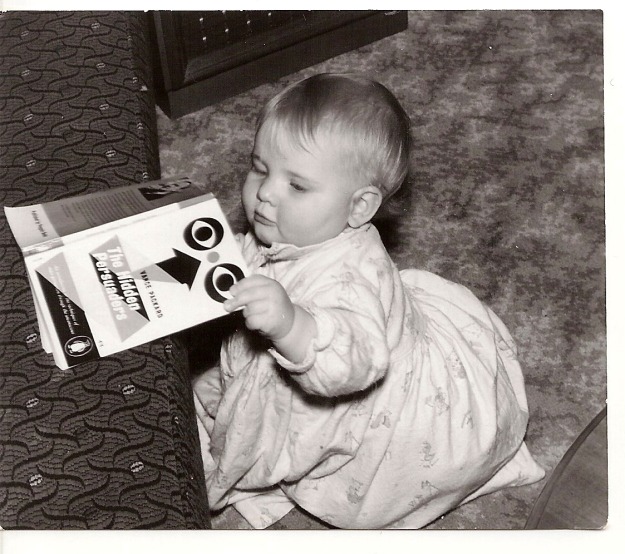 It wasn’t long until she was reading to her dolls
It wasn’t long until she was reading to her dolls
But I would like to know why on her ninth birthdy she appears to be reading a book about Edmund Kean. Where did that come from ? Seeing her sitting there with her legs curled up I wonder if that was the day that she stopped reading to find herself surrounded by water. Her toddler brother had brought the nozzle end of the garden hose in the back door and up the hall then gone back outside and turned on the tap.A silent flow crept through part of the house.
Seeing her sitting there with her legs curled up I wonder if that was the day that she stopped reading to find herself surrounded by water. Her toddler brother had brought the nozzle end of the garden hose in the back door and up the hall then gone back outside and turned on the tap.A silent flow crept through part of the house.
I’m pleased to say that she is still a reader.
But going back another generation …..
For the previous generation there are no suitable photos. But these books were gifts from the age of 5 to 10 in the 1930s beginning from Santa, then from a very formal Mother and Father, followed by Grandma.
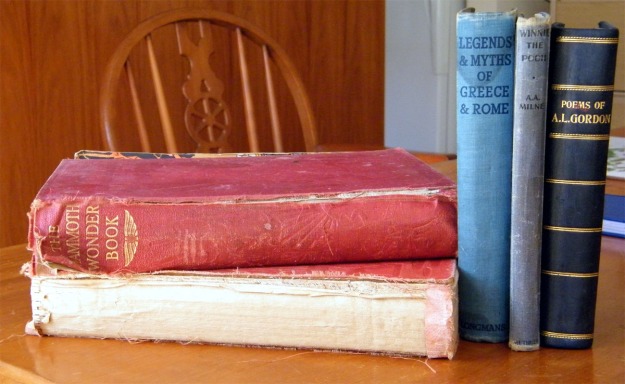 The bottom book is The Children’s Treasure House all 768 pages published by in 1935 by Odhams Press of London. It contains nearly 150 stories and poems by famous authors.
The bottom book is The Children’s Treasure House all 768 pages published by in 1935 by Odhams Press of London. It contains nearly 150 stories and poems by famous authors.
 The other big book, The Mammoth Wonder Book was published the same year but was gifted in 1937.. These were gifts to an Australian girl who was to grow up reading little else but English stories. Is it any wonder that the word paddock wasn’t in her vocabulary and who, when down on the farm, would talk about the cows in the meadows, apparently to the amusement of the adults ! “The Younger Sister” was given some Australian themed books.
The other big book, The Mammoth Wonder Book was published the same year but was gifted in 1937.. These were gifts to an Australian girl who was to grow up reading little else but English stories. Is it any wonder that the word paddock wasn’t in her vocabulary and who, when down on the farm, would talk about the cows in the meadows, apparently to the amusement of the adults ! “The Younger Sister” was given some Australian themed books.
It must have been some time before she could read those tomes for herself, but read them she did , again and again. By the time she was ten she was borrowing from the library in the Mechanics Institute.of the small Victorian country town of Castlemaine, Only one trouble – the old spinster lady who presided over the books wouldn’t let her borrow the book Man-shy. Never judge a book by its title. Little did the librarian know, this one is about a red heifer who likes being free and escapes to the hills.
Here are some samples from The Children’s Treasure House.
For more interpretations of this week’s theme click on the links in Sepia Saturday .



